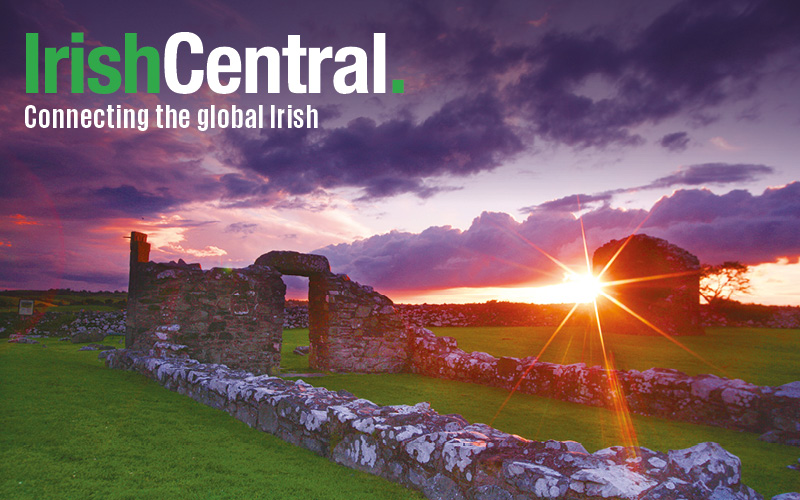Over ten years of research on 975 bodies, discovered in the largest burial site from the Great Hunger, has revealed the grim realities of the Famine dead from their lives of dire health and poverty, to starvation and infectious disease.
The work of Dr. Jonny Geber is being described as the most significant discovery in the world relating to Ireland’s Great Hunger. He launched his book, “Victims of Ireland's Great Famine: The Bioarchaeology of Mass Burials at Kilkenny Union Workhouse,” in July, in the former dining hall and chapel of the Union Workhouse, at MacDonagh Junction, the site of the mass grave.
Originally from Sweden, biological anthropologist Dr. Geber now lectures at the University of Otago, in New Zealand, where the bulk of the research took place. The Famine mass grave at MacDonagh Juction was the largest ever to be exhumed. Geber examined the bones and teeth of the dead and trawled through books and local publications of the day to match the physiological evidence with the social factors that were recorded.
Read more: Why the real story of the Ireland's Great Hunger is not taught in U.S. schools
Until now, there had been historical records of the Great Famine but virtually nothing relating to the lower classes, those suffering the catastrophic effects of the disaster. Geber’s work tells the story of the Great Hunger from the perspective of those who died.
Geber, speaking at the launch of his book, explained that he used the most modern scientific techniques and painstakingly cataloged the remains of the dead. For each of those he studied he recorded their age at death, their size, and all traces of any diseases evident, as well as any artifacts found with the body.
During his decade of research Geber often traveled to Kilkenny, often unfunded and in his spare time, to pour over the remaining books, newspapers and records of the day. Through painstaking efforts he has has been able to assemble a fuller impression of these people, providing more details of who they were and how they lived than any other researcher to date.
He painted a picture of hordes of beggars meeting coaches to travel to the city, parades of coffins going to St. Patrick’s and St. Maul’s cemeteries, in Kilkenny, until they reached capacity and orders were passed down to cease burials.
His book tells of two young teenagers, Patrick and Thomas Saul, from Clonmel, County Tipperary. They were offered a night of refuge in the Workhouse before they traveled, by foot from Dublin. The boys had been abandoned by their parents, who emigrated to Australia.
Geber also details a refugee camp of sorts, at Brougemaker Hill, Grange’s Road and John’s Green. The city was a popular destination for migrant laborers at the time and many traveled from the west of Ireland hoping to find a better situation in Kilkenny. However, when they arrived they found they were treated with contempt and regarded as lazy and unworthy of help.
Read more: Proving the Irish Famine was genocide by the British
The anthropologist said that he is interested in the human story – who these people were, how they felt, what brought them to the Workhouse, and what happened when they got them. Geber said this work and subsequent reburial was fitting in that it “humanized” them.
In 2014 Geber spoke to the Irish Examiner about the children buried at the Workhouse site. He said, “It is really sad when you now think about the youngest children trying to cope with this situation and then how many of them ended up dying in the workhouse.
“With this research I can tell the story of those who did not survive the Famine, which is a story that has never been told. Through interpreting their skeletons you can get a unique insight.”
In 2005 the site of the exhumation was being prepared for development. The operation was being supervised by Kilkenny Archaeology when the mass grave in unconsecrated ground was discovered. The bodies had been covered but were not marked on any maps. The bodies were unearthed and recorded. The excavation was undertaken by Margaret Gowen & Co. Ltd during the first half of 2006. Geber, who was working in the United Kingdom at the time, came to Dublin when he heard of the scale of the discovery.
Geber’s book, “Victims of Ireland's Great Famine: The Bioarchaeology of Mass Burials at Kilkenny Union Workhouse,” is available on Amazon here.
H/T: Kilkenny People.




Comments